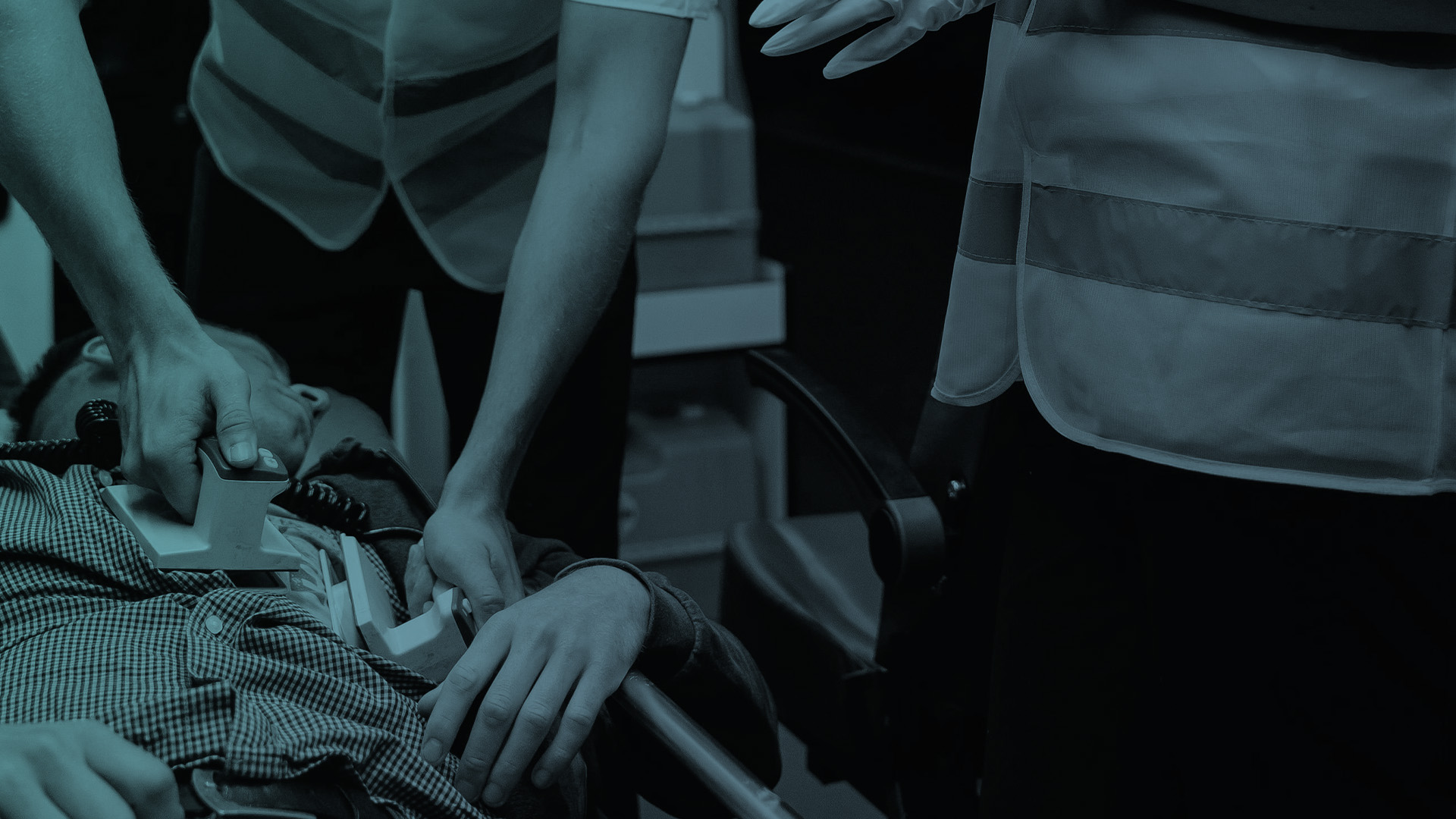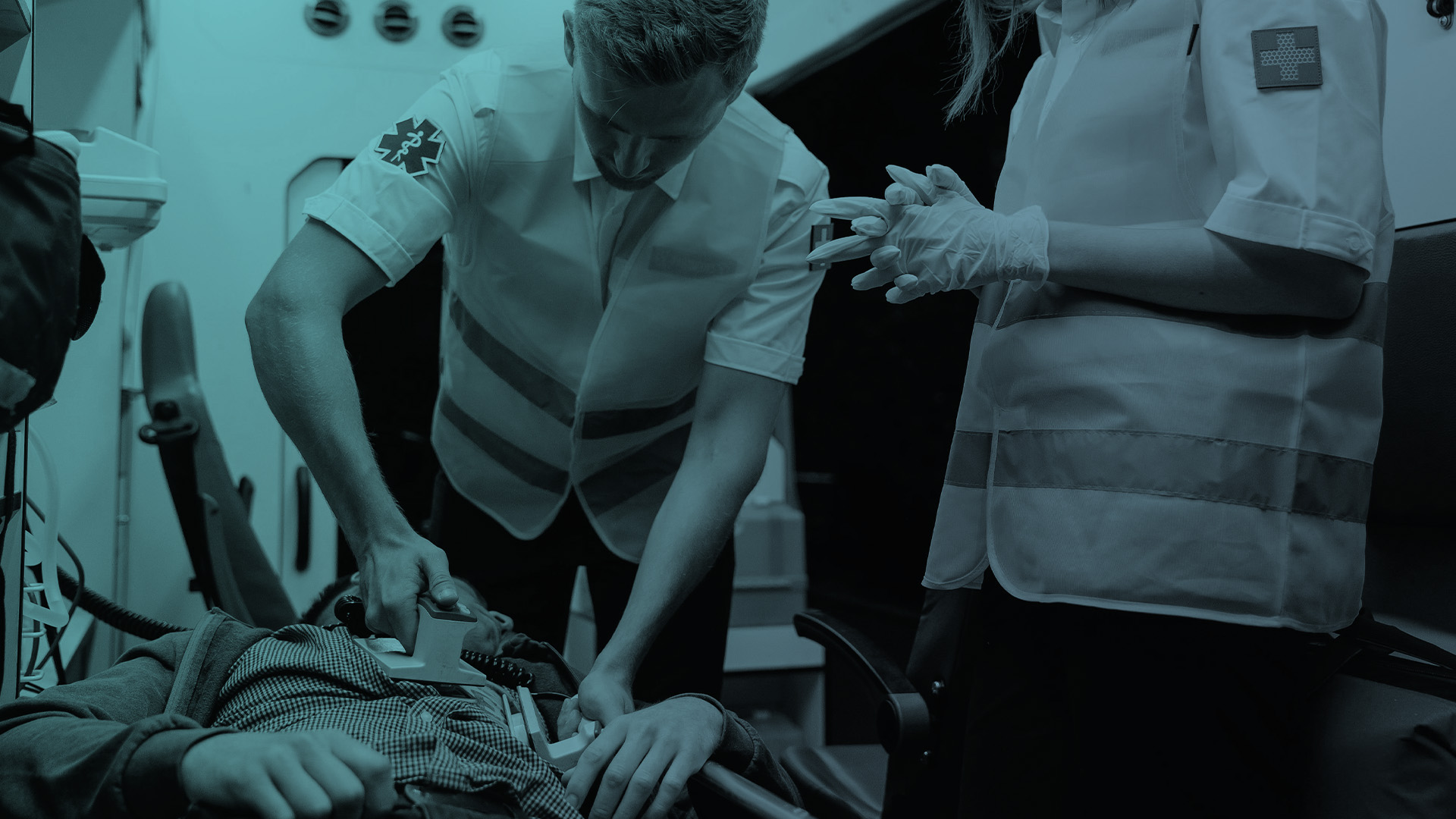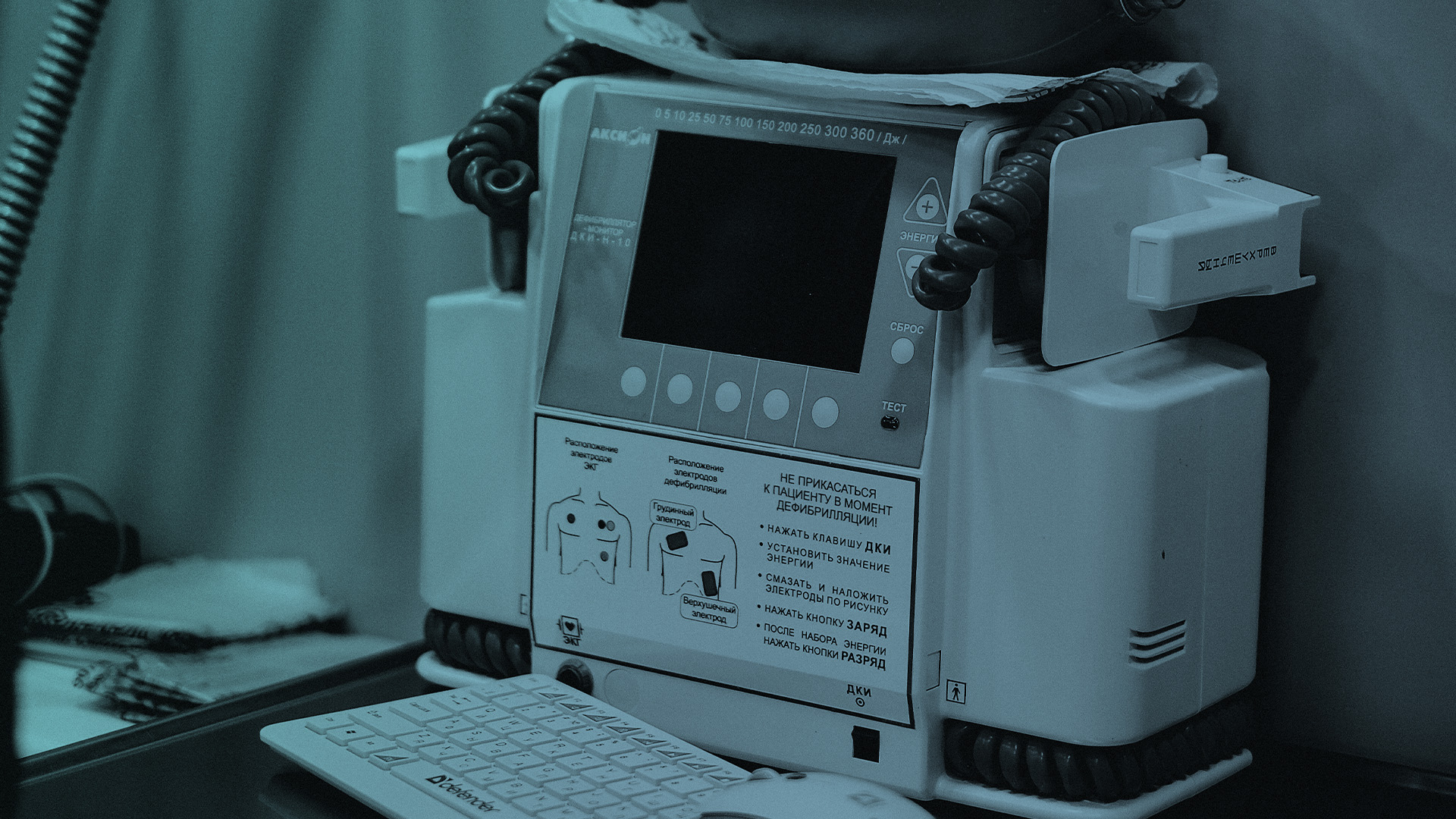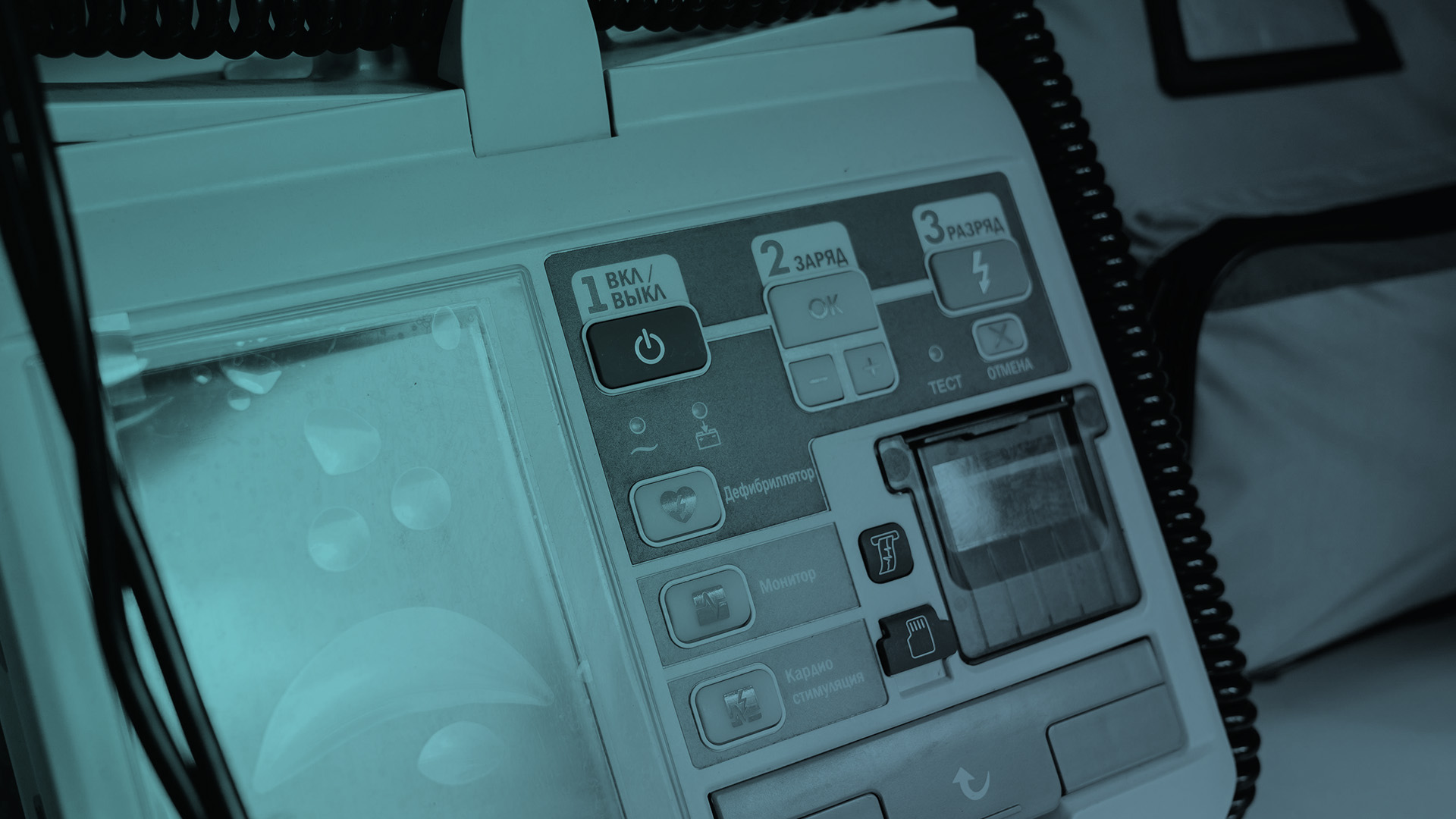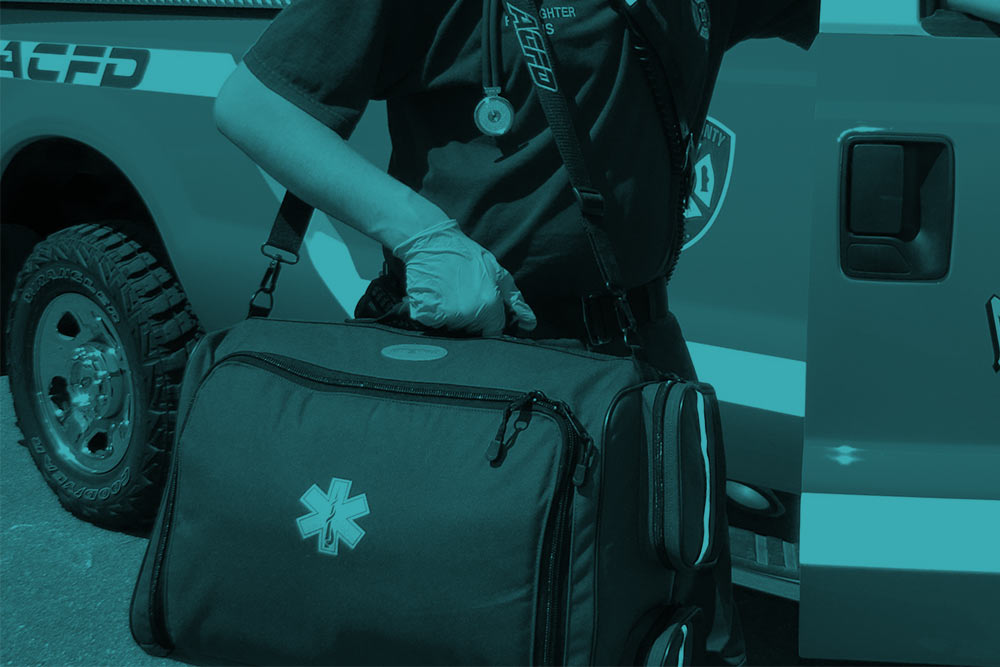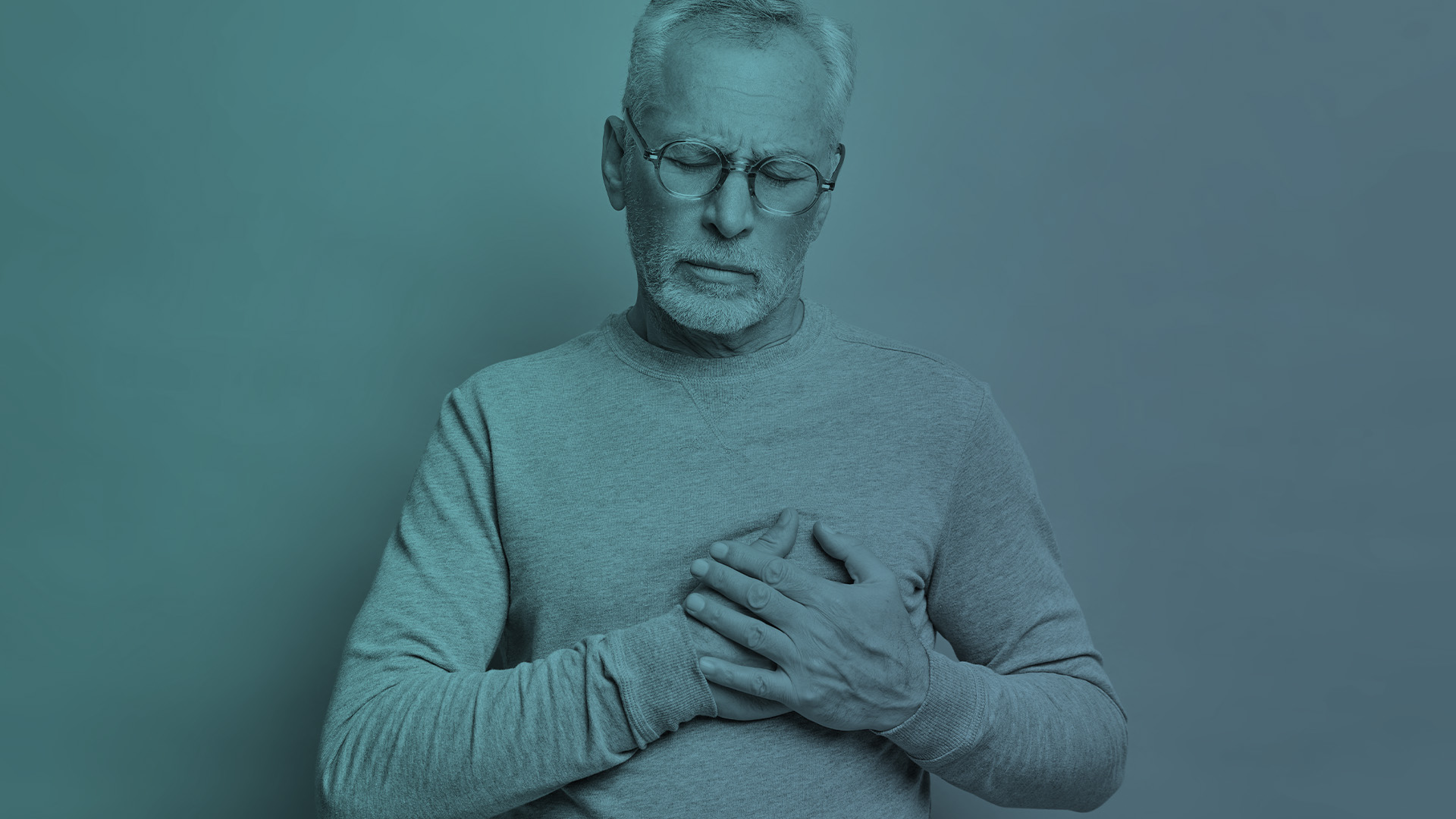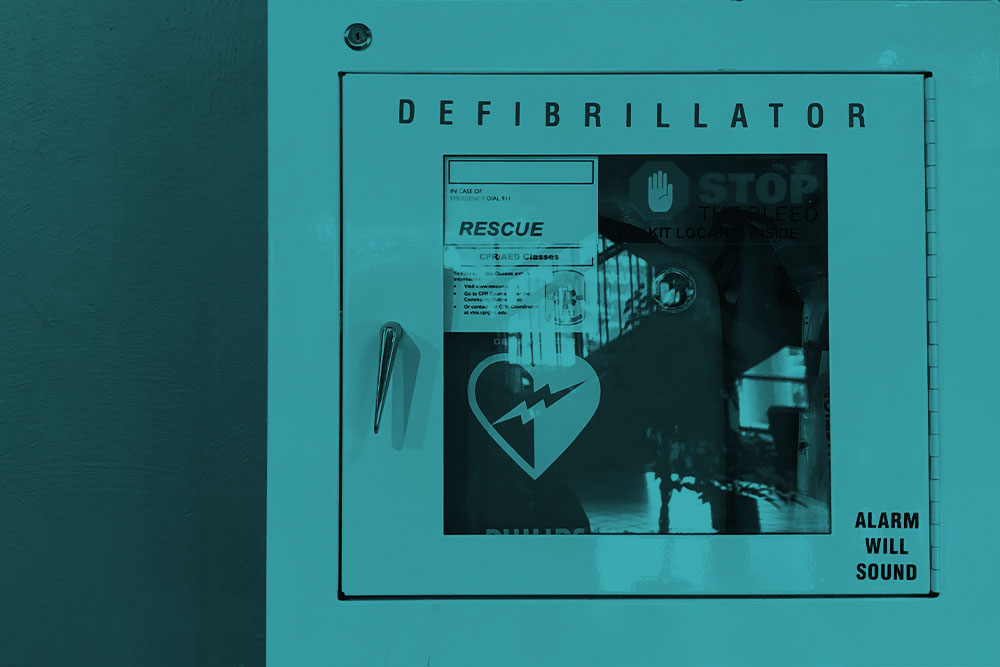Abstract
Aims: To evaluate the association of basic life support with survival after sports-related sudden cardiac arrest (SR-SCA).
Methods and results: In this systematic review and meta-analysis, a search of several databases from each database inception to 31 July 2021 without language restrictions was conducted. Studies were considered eligible if they evaluated one of three scenarios in patients with SR-SCA: (i) bystander presence, (ii) bystander cardiopulmonary resuscitation (CPR), or (iii) bystander automated external defibrillator (AED) use and provided information on survival. Risk of bias was evaluated using Risk of Bias in Non-randomized Studies of Interventions. The primary outcome was survival at the longest follow up. The meta-analysis was conducted using the random-effects model. The Grading of Recommendations Assessment, Development, and Evaluations (GRADE) approach was used to rate certainty in the evidence. In total, 28 non-randomized studies were included. The meta-analysis showed significant benefit on survival in all three groups: bystander presence [odds ratio (OR) 2.55, 95% confidence interval (CI) 1.48-4.37; I2 = 25%; 9 studies-988 patients], bystander CPR (OR 3.84, 95% CI 2.36-6.25; I2 = 54%; 23 studies-2523 patients), and bystander AED use (OR 5.25, 95% CI 3.58-7.70; I2 = 16%; 19 studies-1227 patients). The GRADE certainty of evidence was judged to be moderate.
Conclusion: In patients with SR-SCA, bystander presence, bystander CPR, and bystander AED use were significantly associated with survival. These results highlight the importance of witness intervention and encourage countries to develop their first aid training policy and AED installation in sport settings.
Full article;

